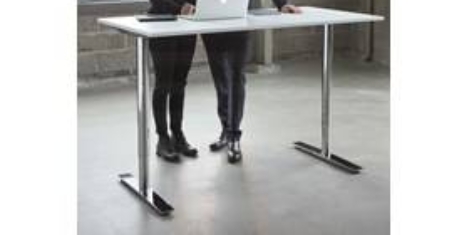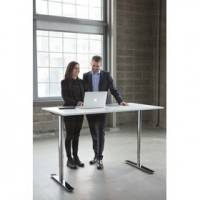May 28, 2015
More support needed to help people with depression stay at work
 At any one time around 1 in 6 people of working age are experiencing a common mental health condition such as depression or anxiety but a lack of awareness may lead employers to misinterpret symptoms as poor performance, finds a new report from Lancaster University’s Work Foundation.The paper, Symptoms of Depression and their Effects on Employment, recommends that in order to improve both productivity and health and wellbeing among those of working age, more concerted action must be taken to support people with depression to stay in and to return to work. The paper considers the ways in which some of the symptoms associated with depression can form a barrier to employment and calls upon government departments at a national and regional level to commit to improving the provision of evidence-based support to help people with depression.
At any one time around 1 in 6 people of working age are experiencing a common mental health condition such as depression or anxiety but a lack of awareness may lead employers to misinterpret symptoms as poor performance, finds a new report from Lancaster University’s Work Foundation.The paper, Symptoms of Depression and their Effects on Employment, recommends that in order to improve both productivity and health and wellbeing among those of working age, more concerted action must be taken to support people with depression to stay in and to return to work. The paper considers the ways in which some of the symptoms associated with depression can form a barrier to employment and calls upon government departments at a national and regional level to commit to improving the provision of evidence-based support to help people with depression.







































May 18, 2015
Management is needed to ensure people actually use sit stand workstations
by Kati Barklund • Comment, Furniture, Wellbeing, Workplace design
More →